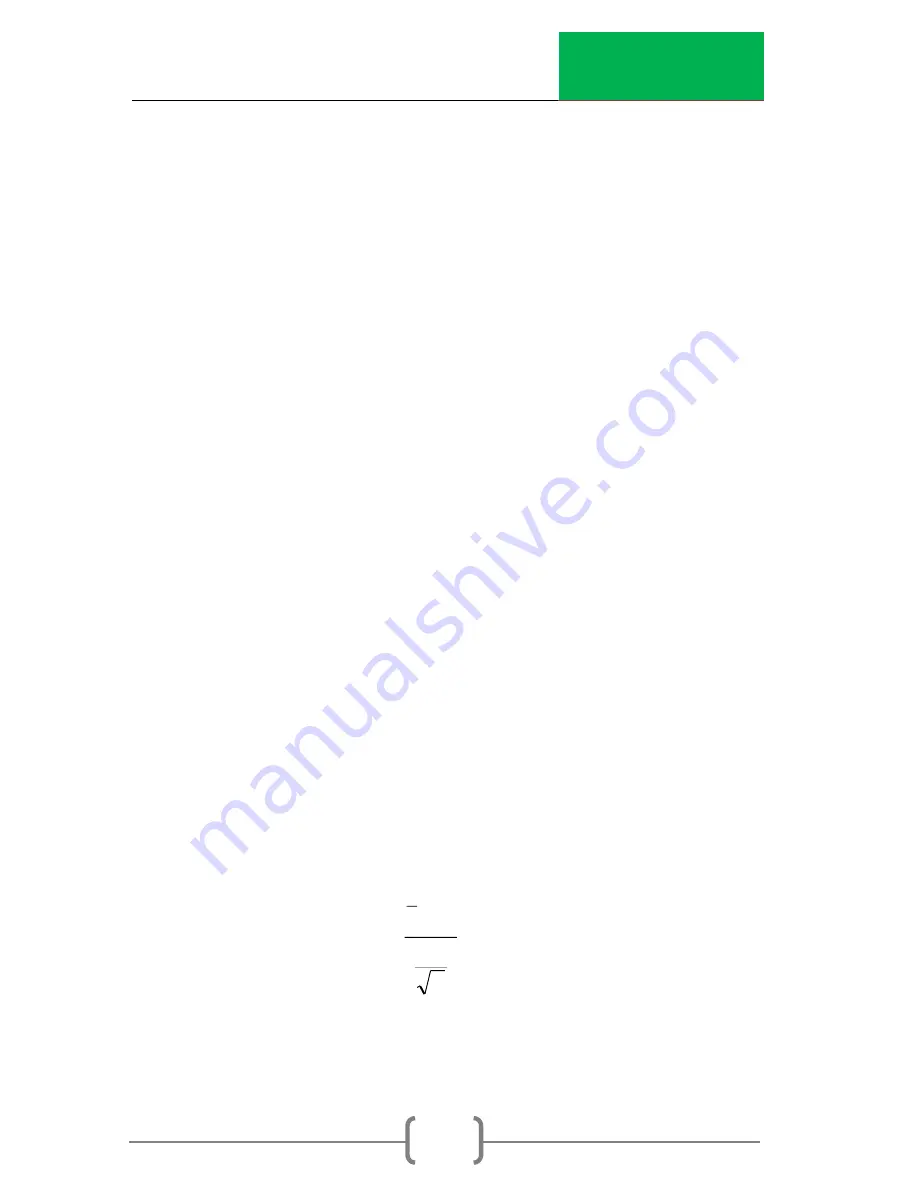
InstroTek
60
values depend upon the degrees of freedom (one less than the
number of counts) and the probability that a sample of counts
would have a larger value of
2
than in the table. The
2
values for 2.5% and 97.5% (a 95% probability range) and 31
degrees of freedom are 17.54 and 48.23. Substituting these
values into the left hand side of the expression gives ratio limits
between 0.75 and 1.25 for 32 samples and a 95% probability.
If the ratio on the right side is between these limits, then there is
no reason to suspect the gauge is not performing properly. If
the ration is outside these limits, then the gauge is suspect and
further tests are in order (even a properly working gauge will fall
outside of the Chi-squared limits 5% of the time).
If a calculator is not available which can easily determine the
standard deviation, a qualitative method to compare the
observed standard deviation with the expected standard
deviation is to take a series of 10 counts and determine their
mean and the square-root of their mean (guess the square-root
to 2 digits if not available on the simple calculator). If their
distribution is normal, then 68.3% of the readings will be within
the mean +/- the square-root of the mean (e.g. 7out of 10).
Expected difference between two readings
The standard count or some other reference count should be
recorded on a regular basis to allow observing if it stays the
same or if any adverse trends are present. If enough counts
have been used to determine the average, and also the
standard deviation of the population, then the Normal
distribution may be used.
n
x
z
















































